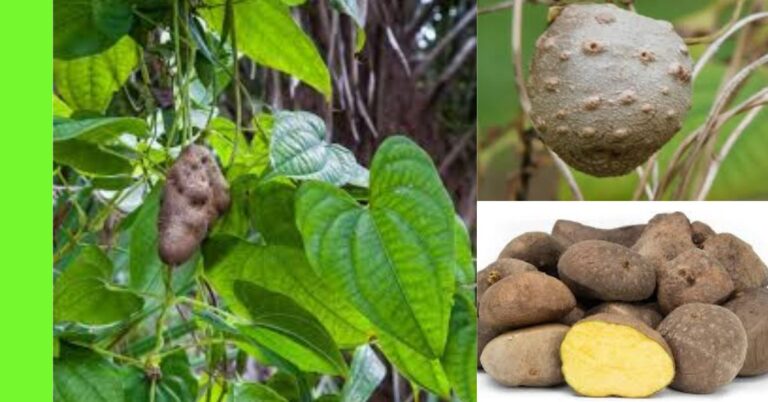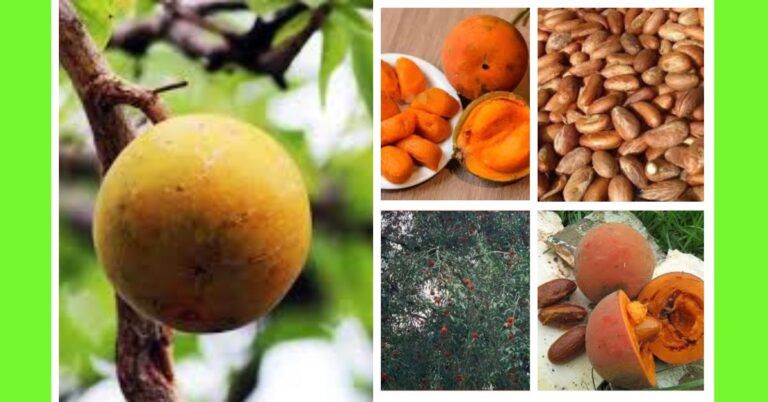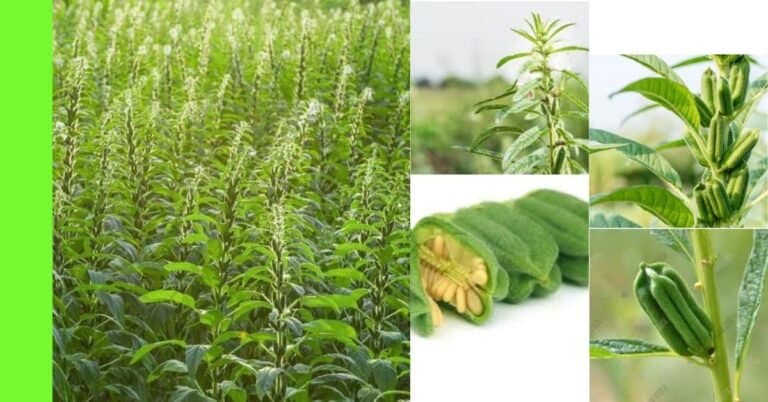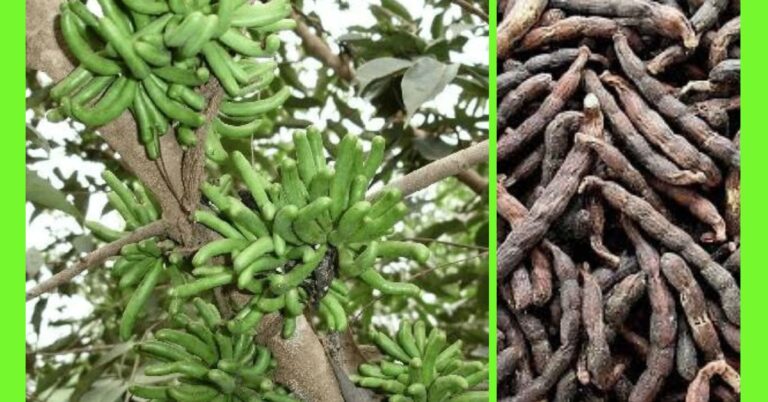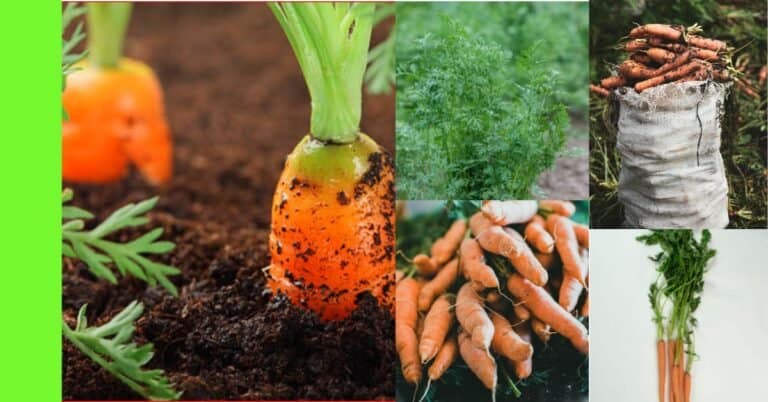How to Grow Tangelo in Nigeria

Tangelos, a delicious hybrid of tangerines and either pomelos or grapefruits, are quickly gaining popularity among fruit lovers and citrus farmers in Nigeria.
Their sweet-tangy flavour, juicy pulp, and easy-to-peel skin make them a rewarding crop for both commercial and home gardeners.
In this guide, we’ll walk you through everything you need to know to successfully plant a tangelo from a seedling, right from choosing the right site to watering, fertilising, and caring.
Whether you’re adding tangelo to your backyard garden or planning a citrus farm, these steps will help ensure a healthy tree and a fruitful harvest in just a few years.
Description of the Tangelo Plant
Tangelo (Citrus × tangelo) is a hybrid citrus fruit developed by crossing a tangerine (or mandarin orange) with either a pomelo or grapefruit.
It is a medium-sized tree with dark green, glossy leaves and produces fruits that are slightly larger than tangerines, with a characteristic “nipple” at the stem end.
The fruit is juicy, sweet-tart, and easy to peel, making it popular among citrus lovers.
Tangelo trees thrive in tropical and subtropical climates, making them suitable for cultivation in Nigeria,
especially in the southern regions and the Middle Belt, where rainfall and humidity support citrus growth.
Planting Season for Tangelo in Nigeria
The best time to plant tangelo in Nigeria is during the early rainy season, typically from March to May.
This ensures adequate soil moisture for young plants to establish roots without requiring heavy irrigation.
Planting Tangelo
Step 1: Choose a Location
Select a site with:
- Full sunlight (at least 6 hours daily)
- Well-drained loamy or sandy-loam soil
- Slightly acidic to neutral pH (5.5–7.0)
- Protection from strong winds
Avoid areas with heavy clay or waterlogging tendencies.
Step 2: Land Clearing and Preparation
- Clear weeds, bushes, and tree stumps.
- Plough and harrow the land to loosen the soil.
- Create planting holes that are 30cm-40 cm deep and 30cm-40 cm wide, spaced 5-6 meters apart to allow for canopy spread and air flow.
Step 3: Means of Propagation
Tangelos are commonly propagated through:
- Grafting (Most Common & Recommended)
- Air Layering (Marcottage)
- Cuttings (Less Common for Tangelo)
- Seed Propagation (Not Recommended for Fruit Production)
Best Method for Nigerian Growers
For farmers or gardeners in Nigeria, grafted tangelo seedlings are the most reliable method of propagation. They:
- Grow faster.
- Resist common citrus diseases.
- Produce predictable fruit quality and quantity.
Step 4: How to Plant Tangelos from Seedlings
If propagating from seedlings:
After purchasing seedlings from your supplier, if you are looking for where to purchase seedlings, check our online directory, Floratalk Hub, to find an agro supplier near you.
- Water the seedling first before removing it to ease the process.
- Gently remove the polythene bag or container without breaking the root ball.
- Do not disturb the roots if the soil is firmly attached.
- Place the seedling in the centre of the hole.
- Ensure the root ball is level with the soil surface, not too deep.
- Backfill with soil, gently pressing it down to remove air pockets.
- Water thoroughly after planting.
Step 5: Watering
- Water thoroughly after planting.
- Water young trees twice a week during the dry season.
- Mature trees need less frequent but deeper watering, especially during flowering and fruit development.
- Avoid overwatering to prevent root rot.
Step 6: Apply Manure
- At planting: Mix compost or well-rotted poultry manure (about 5–10 kg) into each planting hole.
- After establishment: Apply fertiliser at the start of the rains and mid-season.
- Mulch around the tree base to retain moisture and suppress weeds.
Maturity and Harvest
- Transplanted tangelo seedlings typically take 2.5 to 4 years to mature and begin fruiting under good conditions, while seed-grown trees may take 6-7 years.
- Fruits mature 8–10 months after flowering and are harvested when they develop a deep orange or reddish colour.
- Harvest gently by hand or use clippers to avoid damaging the fruit.
Here’s a breakdown of the timeline:
| Stage | Duration | Details |
| Establishment Period | 0-12 months | Root development and canopy growth. Needs regular watering and care. |
| Vegetative Growth | 1-2 years | The tree grows larger, forms more leaves and branches. No fruiting yet. |
| First Flowering and Fruiting | Around 2.5-4 years | Depending on the variety and care, the first harvest may occur in this window. |
| Full Maturity | 5-6 years | Peak fruit production with large, consistent harvests annually. |
Pests and Diseases
Common Pests:
- Citrus leaf miner
- Aphids
- Fruit flies
- Citrus psyllid
Common Diseases:
- Citrus canker
- Greasy spot
- Root rot (Phytophthora)
- Gummosis
Pest and Disease Control
Integrated Pest Management (IPM) Tips:
- Use disease-free grafted seedlings.
- Prune infected or dead branches regularly.
- Apply insecticides to control aphids and miners.
- Avoid waterlogging and maintain good drainage to prevent fungal infections.
Regular monitoring and early treatment are key to preventing pest infestations and disease outbreaks.
Hope this article was helpful.

